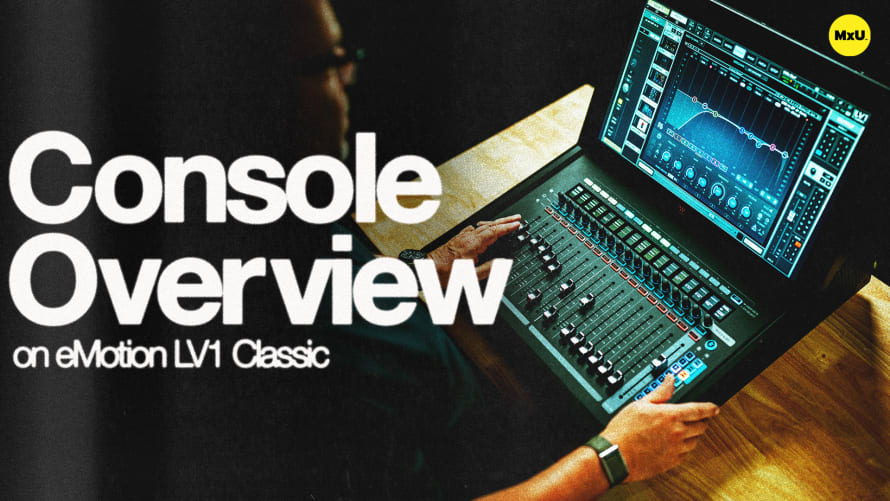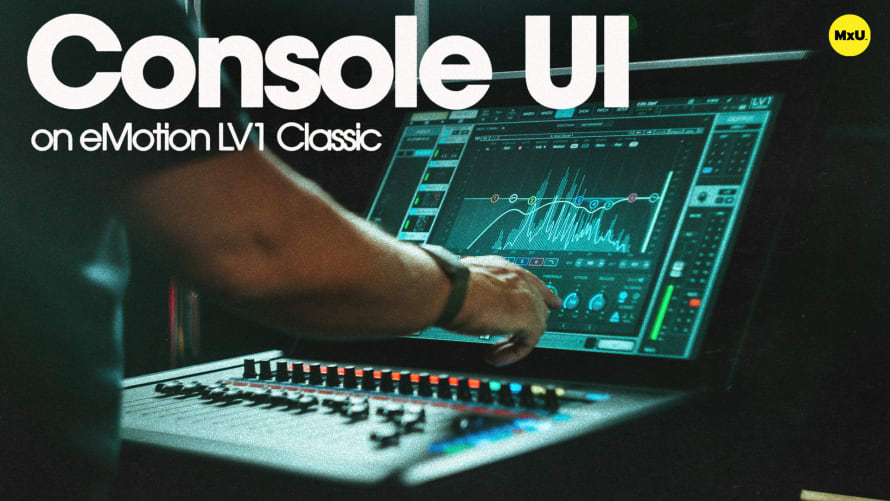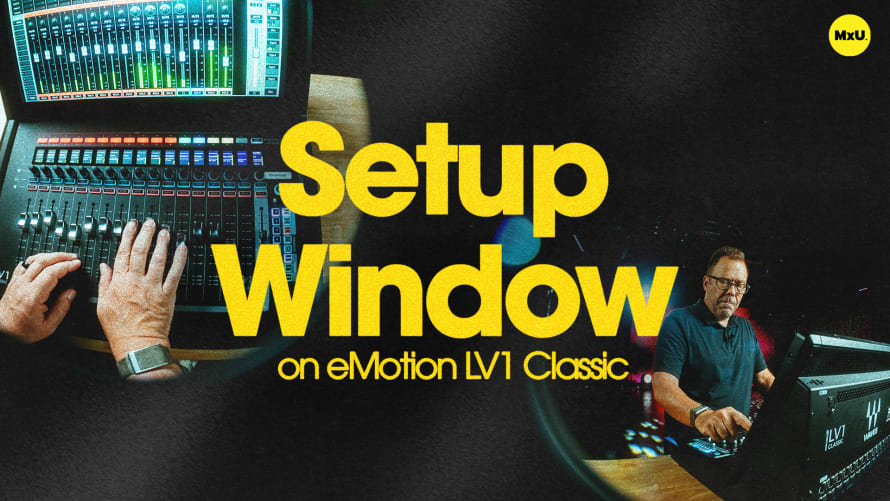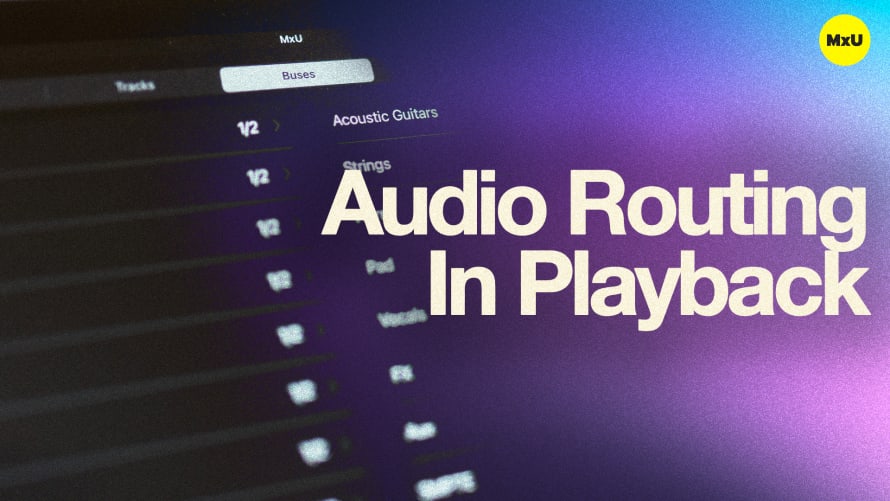Console Overview on eMotion LV1 Classic
The eMotion LV1 Classic mixing console from Waves represents a significant leap in digital audio mixing technology. This all-in-one solution combines powerful hardware with versatile software capabilities, making it an ideal choice for churches looking to enhance their live worship experiences and streaming services. The console offers a blend of traditional analog-style controls with advanced digital processing, catering to both seasoned audio engineers and those new to digital mixing.
Hardware Features
The LV1 Classic boasts an impressive array of physical inputs and outputs, ensuring flexibility for various setups. With 16 analog inputs and 12 analog outputs, it provides ample connectivity for most church band configurations. The high-quality microphone preamps deliver exceptional sound with plenty of headroom, crucial for capturing the nuances of live worship performances.
The console's layout is intuitive, featuring 16 motorized faders plus a master fader, along with 16 encoders for precise control over mix parameters. The responsive 21-inch touchscreen allows for quick adjustments and easy navigation through the mixing interface, streamlining the workflow during live events.
Digital Processing Power
At its core, the LV1 Classic offers 64 channels of processing, each capable of being configured as mono or stereo. This flexibility allows for complex mixes, accommodating larger worship teams or multiple input sources for more elaborate productions.
The console comes loaded with 16 high-quality Waves plugins, expanding the mixing possibilities far beyond basic EQ and dynamics. Included are reverbs, delays, and more specialized tools like the F6 dynamic EQ and Waves Tune Real-Time for vocal processing. These built-in effects enable worship leaders and sound engineers to craft polished, professional-sounding mixes without the need for external processing units.
Connectivity and Integration
The LV1 Classic utilizes Waves' SoundGrid audio-over-Ethernet protocol, allowing for seamless integration with other SoundGrid-compatible devices. This network-based approach simplifies complex setups and allows for easy expansion of the system as the church's needs grow. The inclusion of USB ports and an HDMI output for an external display further enhances the console's versatility, making it adaptable to various production environments.
Topics
Categories
Audio
201
Nothing added











